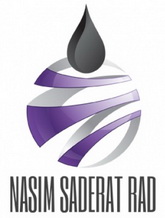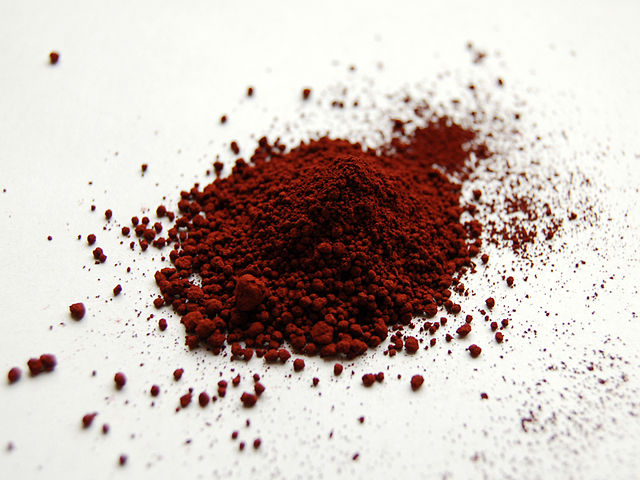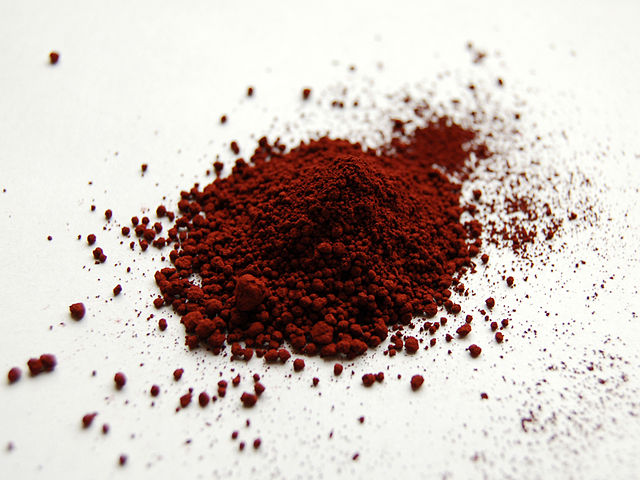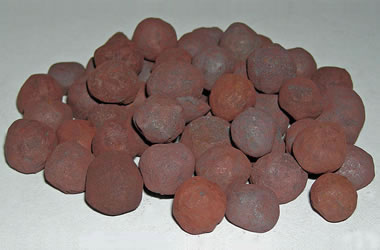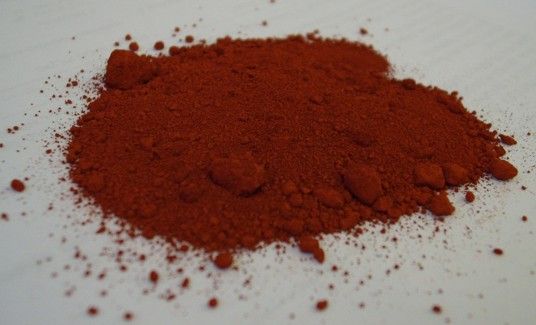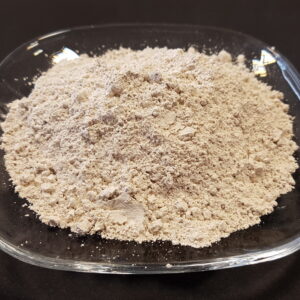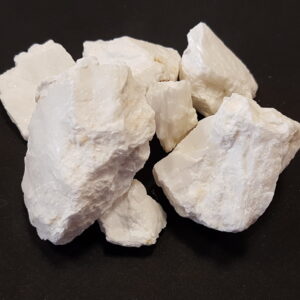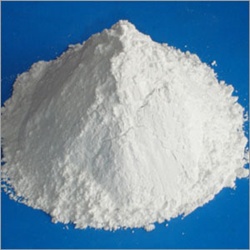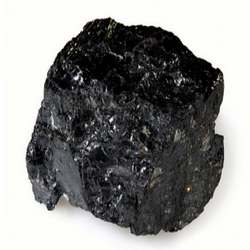Description
In terms of physical properties, this stone is formed in various forms such as microbial, massive, crystalline, fibrous, and others. Most of the formation environment of this mineral reaches volcanic environments or sedimentary rocks, so it can be considered for those two phases, the main phase of which is known by Fe2O3 formula and the secondary phase by Feo (OH) formula. Since 40,000 years ago, people have been using the method of crushing hematite and turning it into powder to make paint. Pigments are often named according to the locations they are produced. The discoloration is the result of the type of hematite used and combined impurities such as clay and other iron oxides.
Another application of hematite is its widespread use in the oil and gas industry, especially in drilling fluid. The main problem in some drilling wells is high hydrostatic pressure, which is directly related to the fluid weight. Since drilling in high-pressure zones is always associated with the risk of well kick, the use of this product has been approved by drilling experts, especially for cases where well pressure control in terms of hydrostatics requires a fluid weight of more than 19 PPG. Accordingly, this material is specified in the API standard. However, the amount mentioned for this product in this standard is often higher than the consumer needs.The number listed for specific gravity in the standard is 5.05 SG, which is often difficult to find and expensive to produce. Especially when the standard specifications available assess another criterion other than the size of the hematite, which is a measure of the hardness or calcium content of the material.
The number listed for specific gravity in the standard is 5.05 SG, which is often difficult to find and expensive to produce. Especially when the standard specifications available assess another criterion other than the size of the hematite, which is a measure of the hardness or calcium content of the material.
Nasim Saderat Rad Company has been able to produce the mentioned hematite with the API standard. In addition, it can be produced with the desired criteria of client.
This product is packed in a one or 1 ½ ton big bag according to the client’s request.
